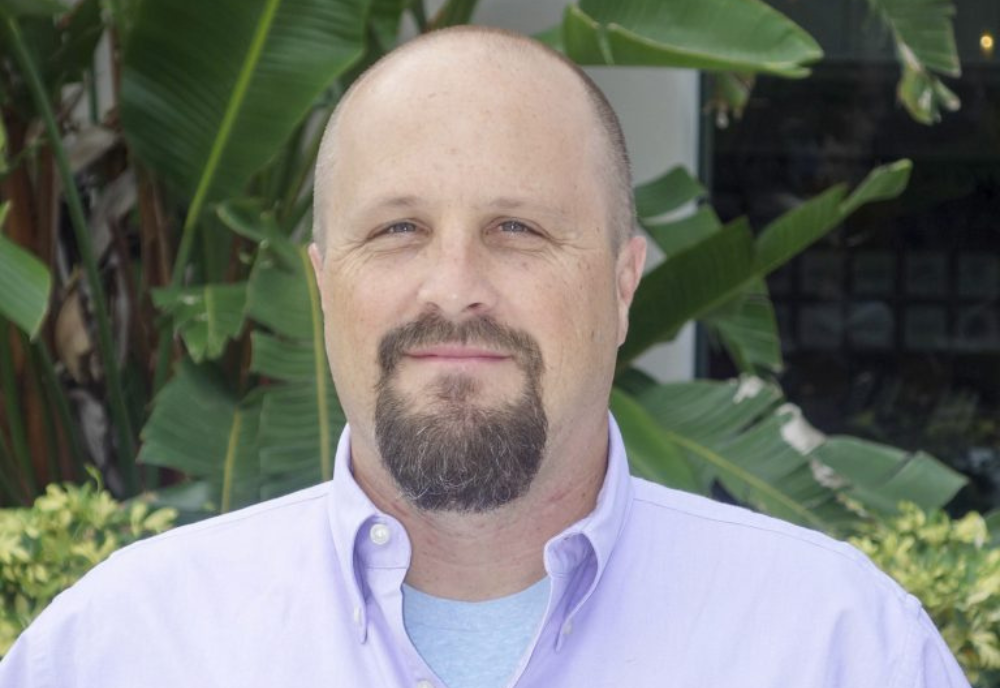We often take for granted the long-term impact that people have on the environment, much less how our ecological wear-and-tear changes the way creatures in the wild cope and evolve over time.
Lynn (Marty) Martin, PhD, a professor in USF’s College of Public Health (COPH), is studying whether populations of species could be adapting to their changing environments by using, of all things, their hormones.
Martin and colleagues describe this process in detail in the paper “HPA flexibility and FKBP5: promising physiological targets for conservation,’’ which was recently published by a journal of the Royal Society of London, the main scientific academy in the United Kingdom. Martin’s paper appeared with several others, all of which fall under the theme of hormone responses to environmental variation.
Martin and co-authors Cedric Zimmer and Blanca Jimeno built their ideas on decades of previous research on related subjects. They focused on what they call hormone regulatory flexibility. This emerging concept suggests that individuals who use their hormones in the most effective ways will cope best with environmental stresses, natural or man-made.
But how do hormones help animals cope with the changes around them?
The HPA flexibility concept considers certain molecules called glucocorticoids as conveyors of information between the brain and the body. These hormones allow an organism to adjust its behavior and its physiology such as its metabolism, growth and even immune defenses to “complement prevailing conditions,’’ the authors note.
The article also describes a protein called FKBP5, which is an important biological mediator of hormone regulatory flexibility, setting “the extent to which circulating glucocorticoid concentrations can vary within and across stressors,’’ the authors say. In this light, FKBP5 seems to enable an individual’s ability to regulate its glucocorticoid hormones and cope and counter stress.
The FKBP5 protein also has been important in human studies of post-traumatic stress disorder, or PTSD. This was the topic of a recent paper “Genome-wide association analyses identify 95 risk loci and provide insights into the neurobiology of post-traumatic stress disorder’’ by Monica Uddin, PhD, also a COPH professor at USF.
Martin and his colleagues believe FKBP5 expression could be worthy of conservation-oriented research attention. After they describe the various genetic and environmental causes for variation in the way glucocorticoid regulation works, they hypothesize how flexibility in hormone regulation and FKBP5 expression should affect the fitness of an organism − whether a bird or even a person. Next, they discuss how an entire population of wild animals might respond to stresses caused by human-induced rapid environmental change (HIREC), such as urbanization or even global warming.
The paper is a critical aspect within the Royal Society’s overall theme of responses to environmental variation. In the forward to this group of papers, two other professors discuss how changes in the environment drive evolution through a few all-important hormones.
Because HIREC is such a problem for our health and wildlife welfare, new measurable targets are needed for further study, and these two factors – hormone regulatory flexibility and FKBP5 − might be as valuable to conservation as they have been to medicine, Martin’s team says.
